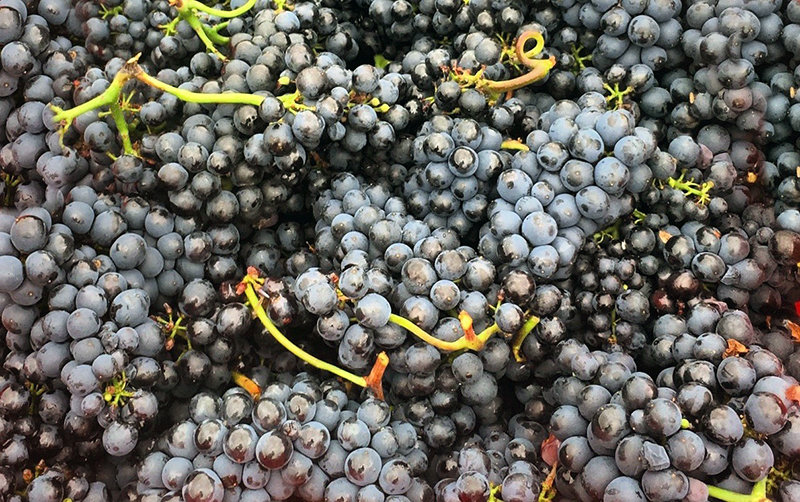
The 2015 red Burgundies have been great successes. Warm weather, small berries, and low yields made for a vintage that many critics have called one of the best in decades.

The 2015 red Burgundies have been great successes. Warm weather, small berries, and low yields made for a vintage that many critics have called one of the best in decades.

Chablis continues to be one of the best bargains in the wine world. Though the past few years have brought devastating frosts and hailstorms to the region and the available quantities have plummeted, winemakers have only gently raised prices. Where village level white Burgundies from the Côte d’Or quickly push past $50, fine Premier Cru Chablis can still be had…
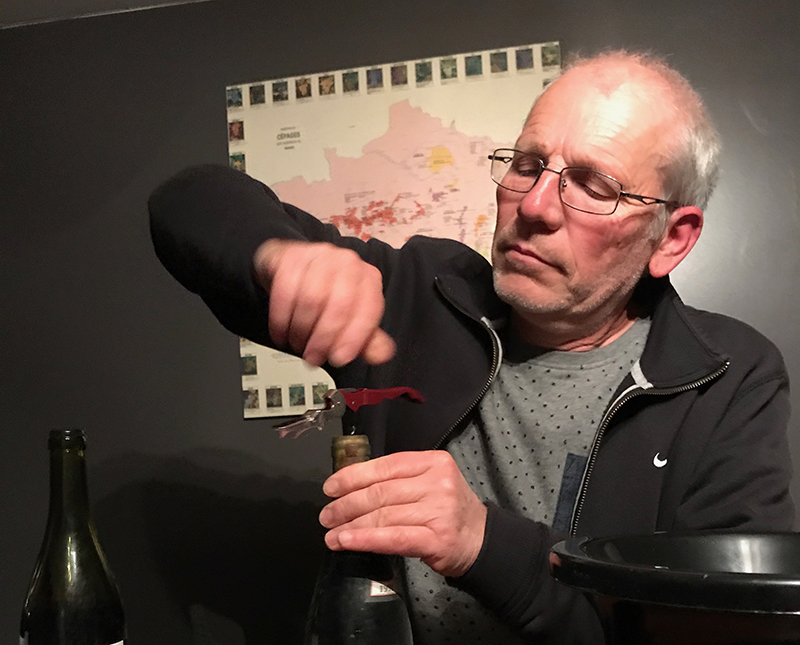
Jean-Marc Monnet is one of those winemakers an importer dreams about finding: no website, no press reviews, no American importer, not even a road sign. Located in Juliénas in the Beaujolais, Monnet’s wines are pure gamay -- clean, juicy, and bursting. They’re vibrant expressions of the lush rolling hills from which they come.
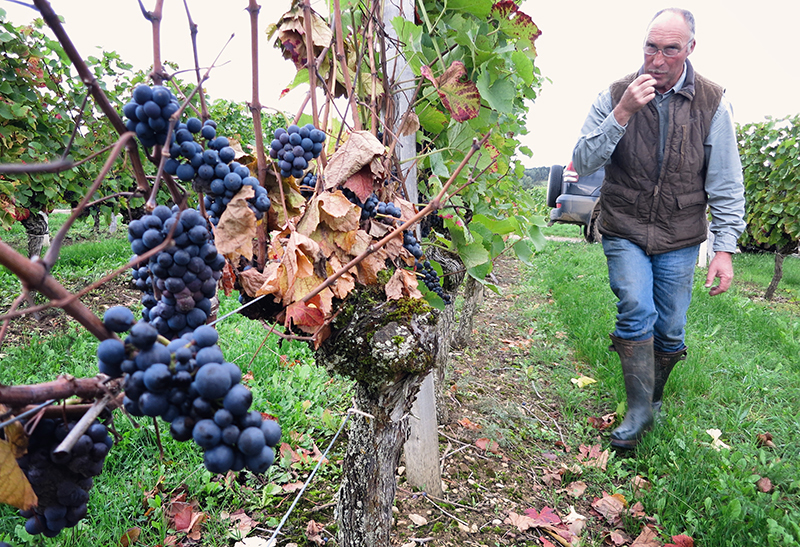
The most important thing to know about a wine from Burgundy is the location of the vines, but knowing the winemaker is a close second. We’ve had disappointing bottles from famous Grand Crus and brilliant wines from lesser terroirs. Often a highly skilled producer can create unusually good wine from humble origins.
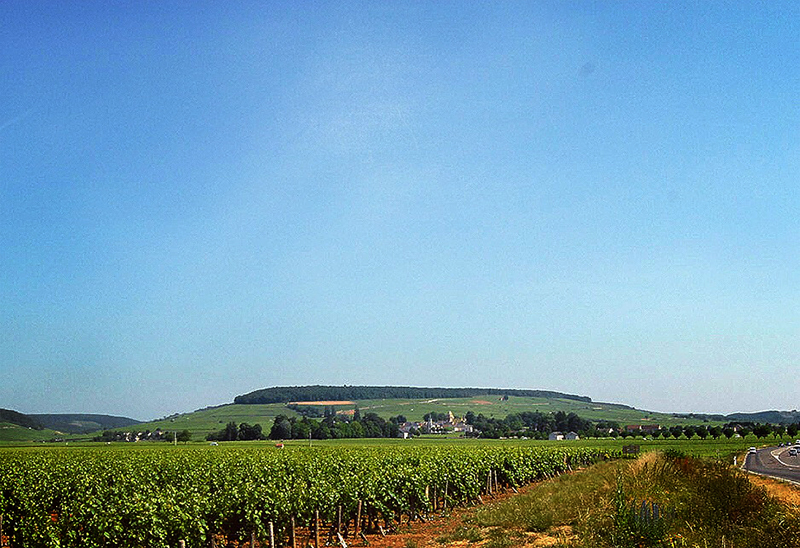
Only two white wine terroirs in Burgundy’s Côte d’Or hold the status of Grand Cru. Montrachet and its satellites, in the south between Chassagne and Puligny, are the more famous. The other is Corton-Charlemagne, perched on a large hill marking the midpoint of the Côte d’Or, so named after it was made a gift from the Holy Roman Emperor.
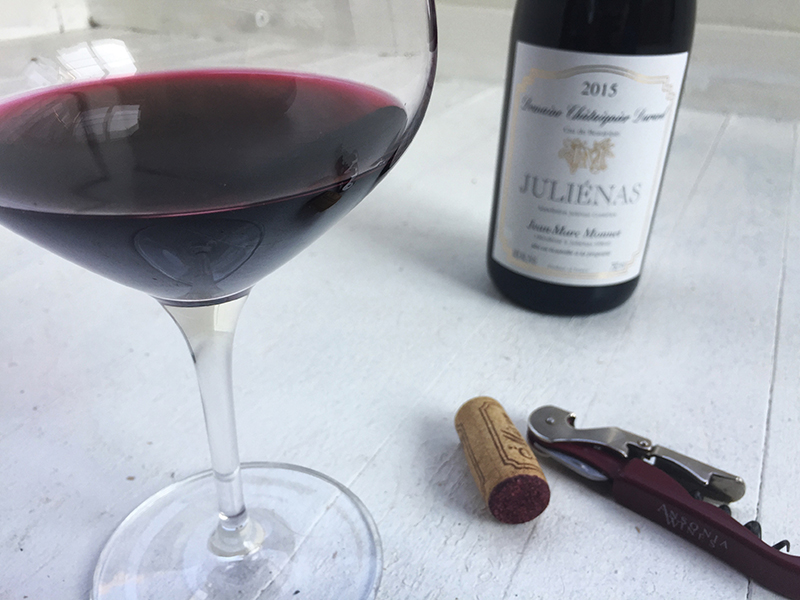
The Gamay grape has had a turbulent history. In 1395 Duke Philip the Bold concluded Gamay was “evil and disloyal,” and banished it from the northern half of Burgundy. For the past six centuries it has found refuge in Beaujolais, where it produces mostly simple reds -- fruit-forward and inexpensive.
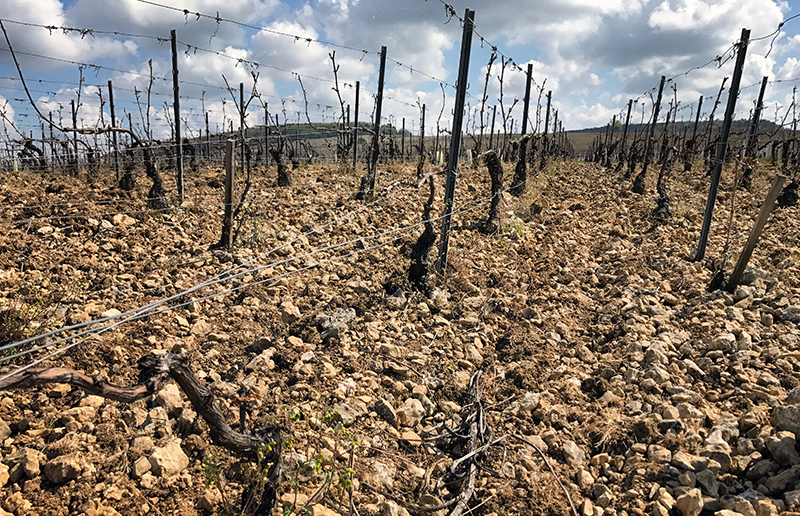
Chablis remains among the best bargains in the wine world. Its wines are always more affordable than their counterparts in the Côte d’Or, a result of damage to the name from imitation “California Chablis” of decades ago. Drawing from the distinctive Kimmeridgean terroir and a tradition of subtle or no oak, the winemakers of Chablis create some of the purest…
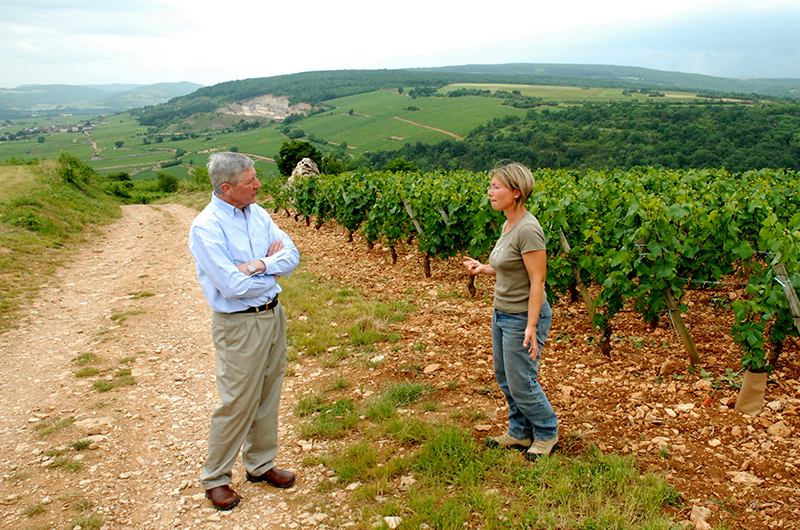
Burgundies are not getting any cheaper. With limited supply and ever-increasing demand, good values are harder and harder to find. But one Burgundian town that continues to deliver far more than people expect is St-Aubin. And we’re not the only ones to notice.
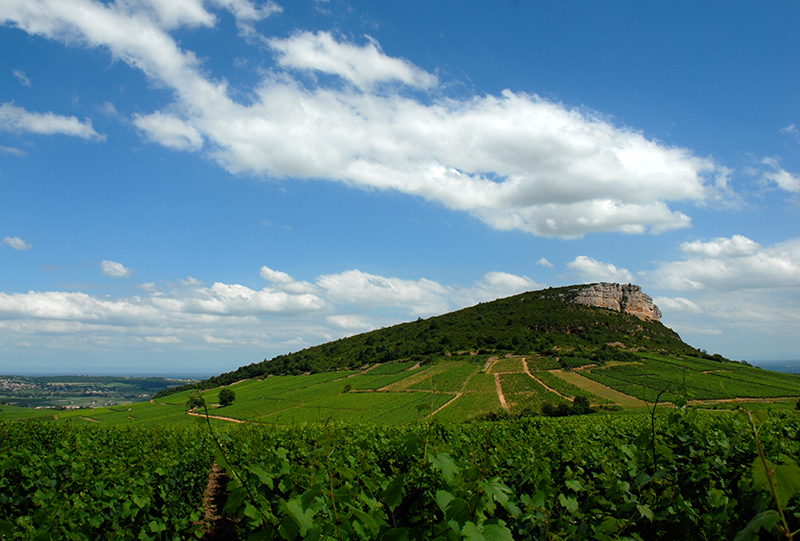
Excepting the famous towns surrounding Montrachet, the richest and most luxurious white Burgundies come from Pouilly-Fuissé. Grown an hour to the south of the Côte d’Or in the Maconnais, the wines of Pouilly-Fuissé show Chardonnay’s soft and opulent side. When carelessly made, Pouilly-Fuissé can be heavy and flat; but from a careful producer it can be a revelation.

We enjoy the challenge of pairing food and wine. We’re enthusiastic home cooks chez Wilcox, and experimenting with flavors is one of our favorite pastimes. But it’s also nice to have a few wines that pair well with everything — a “house wine” that you can get out and not think too much about.
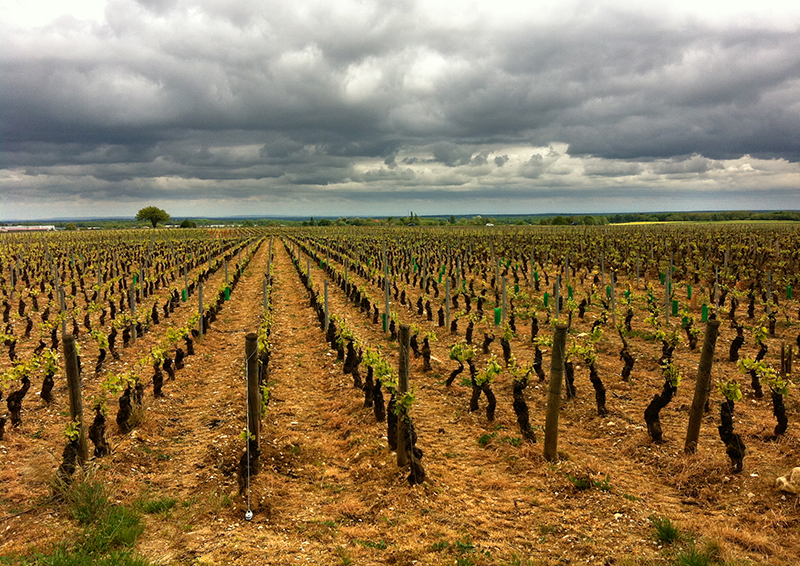
There has been no shortage of ink spilled about the 2015 red Burgundies, and indeed the praise is warranted. But it might mean that 2014, a truly excellent vintage, won’t receive nearly enough hype. We are stocking up on 2014s, and we encourage fellow Burgundy enthusiasts to do the same.
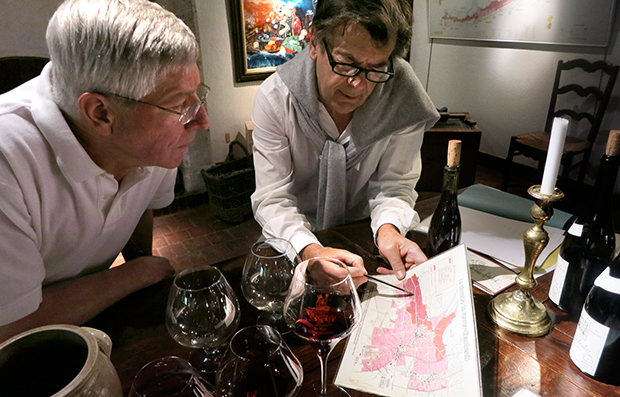
Gevrey-Chambertin is the largest appellation in Burgundy’s Côte d’Or. Because of its clay rich soils, its wines are similarly grand. Known for power and longevity, Gevrey-Chambertin shows dark, intense fruit and a sturdy tannic structure.

Most wine buyers think Pinot Noir produces only red wine, whether light and elegant or rich and fruity. But in fact the juice of Pinot Noir grapes is clear. The color of red Pinot Noir comes from soaking the grape skins in the juice -- press the juice off the skins and ferment it on its own, and you get…
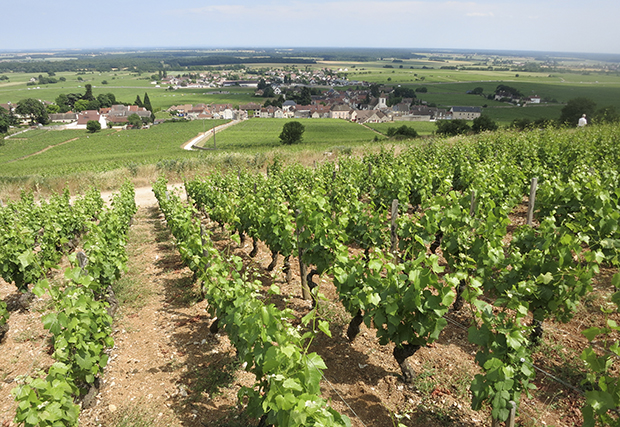
Morey-St-Denis exemplifies the small scale of Burgundian winemaking. Wedged between two more famous neighbors, this village of 680 people has a vineyard surface of under 4 tenths of a square mile. It’s dark, delicious, classic red Burgundy — there just isn’t much of it to go around.
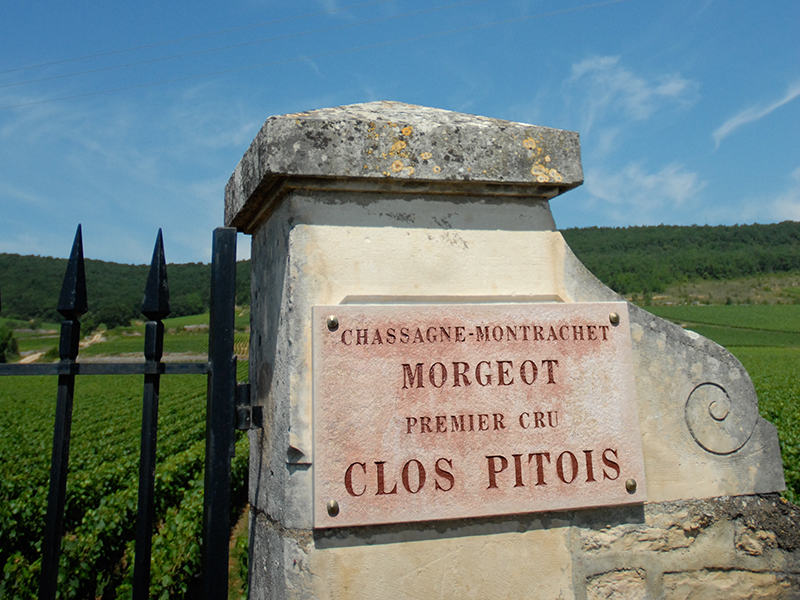
The hillside of Montrachet produces the world’s finest dry white wine. In production for nearly two thousand years, the vineyard straddles the border between the towns of Puligny and Chassagne. Each produces wine of a different character, and though their terroirs meet in the famous plot, there are genuine differences in the extraordinary wines from both villages.